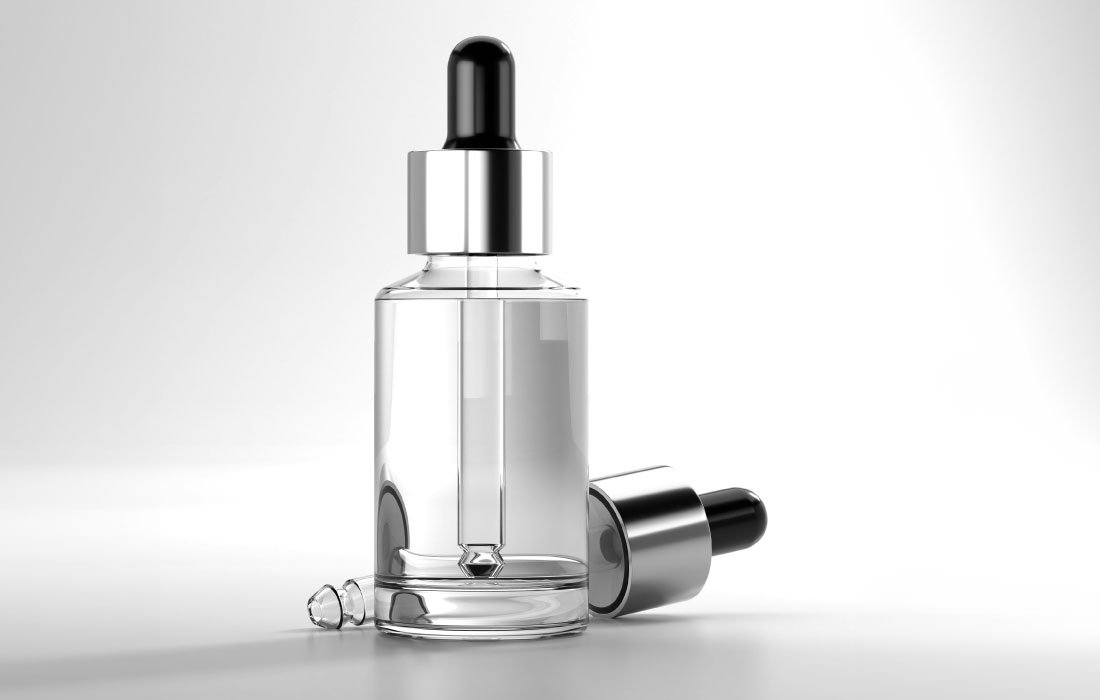
The Complete Guide to 3D Product Rendering for E-Commerce Success
Table of Contents
3D product rendering has emerged as a game-changer for e-commerce, allowing businesses to present products with unmatched visual quality and detail. At Vatic Design, we understand how important it is for online brands to display products in a way that engages customers and drives conversions. This guide will walk you through the basics of 3D rendering, how it works, and how it can enhance your e-commerce success.
Why E-commerce Needs 3D Rendering
Visual Engagement and Customer Confidence
One challenge of online shopping is the inability for customers to physically interact with products. With 3D rendering, you can bridge this gap by offering photorealistic product images that allow customers to visualize and explore your items in great detail. This helps customers make informed purchasing decisions and encourages a deeper level of engagement with your brand.
When customers can view a product from multiple angles and see details like textures and finishes, they’re more likely to feel confident in their choice. This confidence translates to higher conversion rates and can also help to reduce return rates, as customers are less likely to be surprised or disappointed by the product.
C8 3D HATS PRODUCT PLACEMENT
Lorem ipsum dolor sit amet, consectetur adipiscing elit. Ut elit tellus, luctus nec ullamcorper mattis, pulvinar dapibus leo.
3D Rendering vs. Traditional Photography
While traditional photography is still widely used, it can be costly and limited, especially when dealing with large inventories, customizations, or different product variations. With 3D rendering, you can showcase a product in various finishes, colors, and angles without requiring new photo sessions for each update. 3D rendering provides a scalable and flexible solution that saves time, resources, and expenses.
Key Types of 3D Product Rendering for E-commerce
Studio Shots (Silo Renders)
Studio shots, or silo renders, present the product on a plain background, emphasizing its details in a clean, distraction-free image. These images provide a consistent, professional look that’s ideal for product listings.
Advantages:
- Clear and professional images that are easy to update
- Consistent presentation across your store
Lifestyle Shots (In-Situ Renders)
Lifestyle renders showcase products in realistic settings, helping customers visualize how they might look in everyday situations. These are ideal for creating a connection with customers and demonstrating practical uses.
Advantages:
- Builds an emotional connection with the customer
- Useful for marketing and social media content
360-Degree Turntables
360-degree turntables allow customers to view a product from all angles, interacting with the image to explore specific features. This interactive experience is highly effective for products with intricate details.
Advantages:
- Provides a comprehensive product view, reducing purchase uncertainty
- Effective for complex or detailed items that need close inspection
Colorways
Colorways display the product in different colors or finishes, offering customers easy access to the full range of available options without requiring separate photo sessions.
Advantages:
- Increases customer choice and customization options
- Easy to update, saving time and cost
VR/360 Photos
Virtual reality and 360 photos are immersive visual options that allow customers to engage with a product or environment interactively. For e-commerce, this can mean allowing customers to experience the product virtually, which enhances their connection with the item.
Advantages:
- Creates a memorable shopping experience that sets your brand apart
- Helps increase conversion rates by providing an immersive view of the product

Key Types of 3D Product Rendering for E-commerce
Step 1: Modeling
The process begins with creating a digital 3D model that replicates the product’s real-world appearance. This involves using software like Blender, Maya, or SolidWorks to construct a model based on exact specifications, such as dimensions, materials, and features.
Step 2: Texturing
Texturing involves applying realistic surface details to the 3D model, making it appear like the actual material—whether that’s wood, fabric, or metal. Textures add essential details, such as colors, patterns, and subtle imperfections, to enhance the model’s authenticity.
Step 3: Lighting
In 3D rendering, lighting is carefully designed to highlight the product’s best features. Artists can manipulate shadows, reflections, and light sources to replicate real-world conditions, ensuring that the product looks visually appealing in various environments.
Step 4: Camera Setup
Using virtual cameras, artists capture the product from various angles and perspectives, allowing for a range of shots. Adjusting factors like focal length and depth of field ensures that each image effectively displays the product’s key characteristics.
Step 5: Rendering
Rendering transforms the 3D model into a 2D image by calculating how light interacts with the product’s materials and geometry. This computational step produces the final high-quality, photorealistic images used in e-commerce.
Step 6: Post-production
In post-production, the image undergoes final edits, including color correction and contrast adjustments. Artists may also add backgrounds, text, or other visual elements if the image is being used for specific marketing purposes.
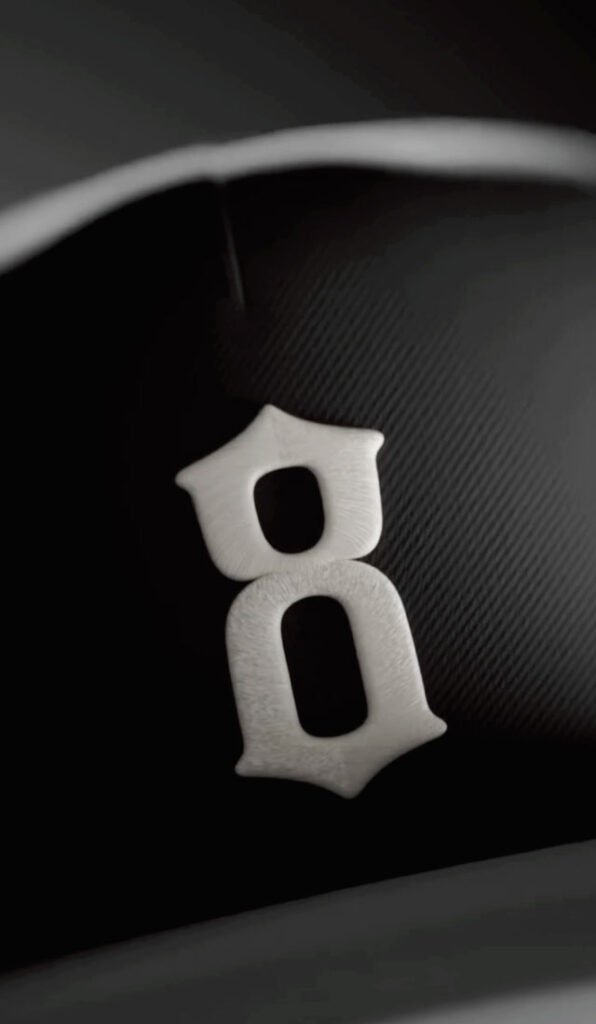
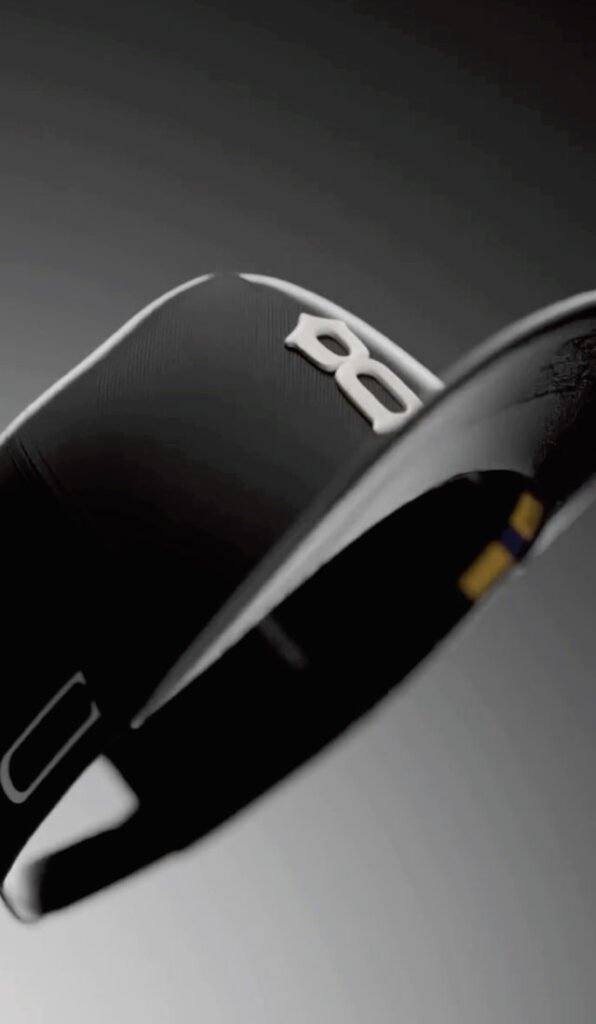
Real-world Benefits for E-commerce
3D product rendering offers several advantages for e-commerce businesses:
- Higher Customer Confidence: Photorealistic images help customers visualize the product more effectively, increasing their trust in the purchase.
- Reduced Returns: By showing the product in great detail, customers are less likely to experience dissatisfaction after receiving it.
- Cost Savings: 3D renders can be easily updated without the need for new photography, making it a cost-effective solution for large or dynamic product lines.

FAQs About 3D in Branding
What is 3D branding?
3D branding is the use of three-dimensional elements to bring depth, texture, and interactivity to brand visuals. This could include 3D logos, interactive ads, or even 3D product packaging. It’s all about creating a more engaging and memorable experience for the customer.
Why is 3D branding effective?
3D branding captures attention, makes a brand memorable, and builds emotional connections. It’s also a great way to showcase your brand’s commitment to innovation and stand out across multiple platforms.
How can 3D help with online shopping experiences?
With 3D product renders, customers can see items from every angle, giving them a much clearer idea of what they’re buying. This enhances the shopping experience, increases customer satisfaction, and can even reduce returns.
Can 3D branding be used in both digital and physical spaces?
Absolutely. 3D elements work well in digital spaces like websites and social media, as well as physical spaces like packaging, event setups, and even retail displays
FAQs About Vatic Design and 3D Creative Services
WHO IS VATIC DESIGN?
Vatic Design is a creative agency specializing in 3D branding and design services. We help brands elevate their identity and create memorable, impactful brand experiences using cutting-edge 3D technology.
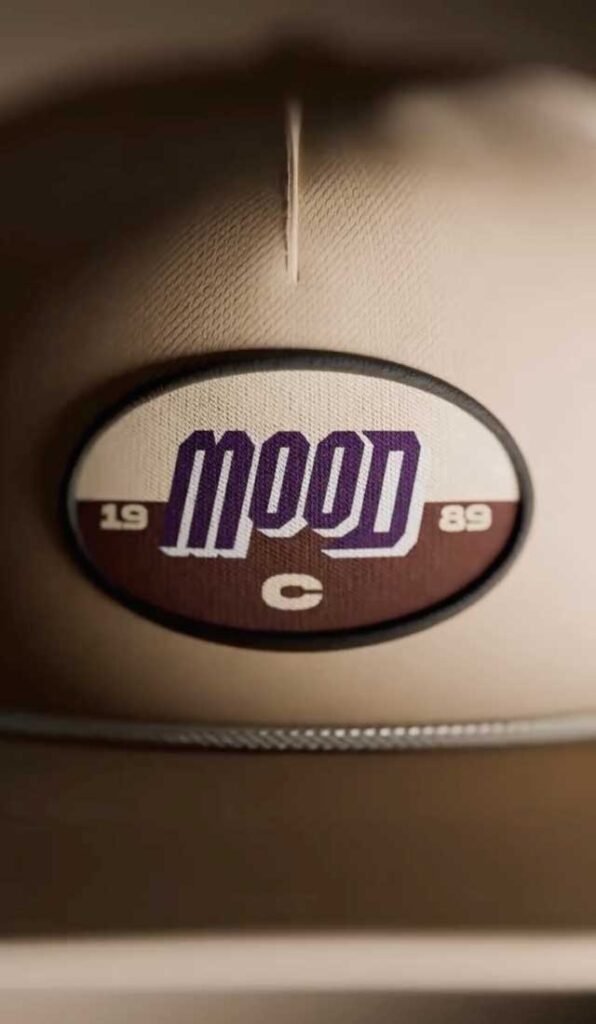
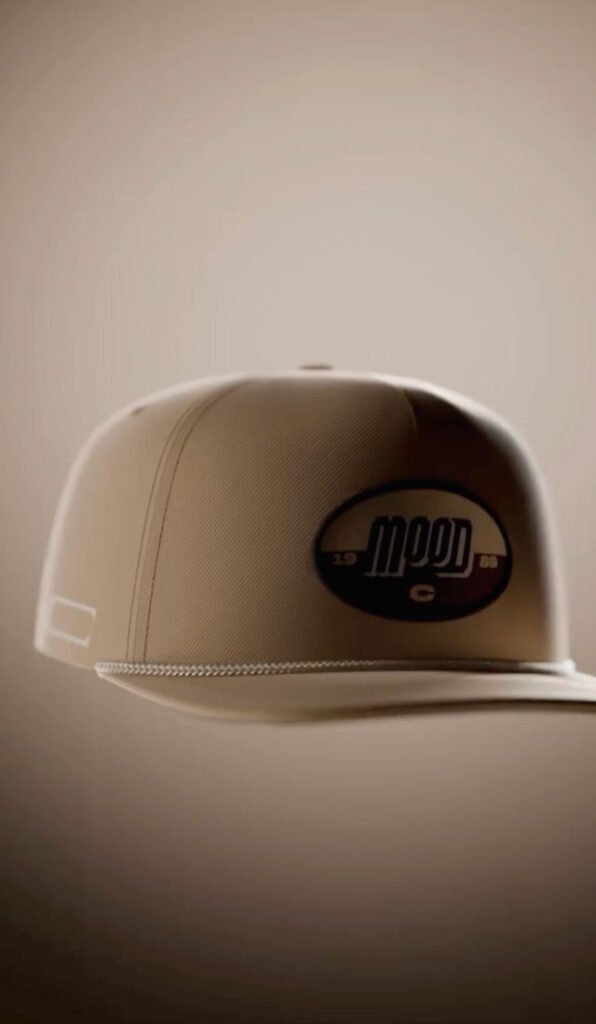

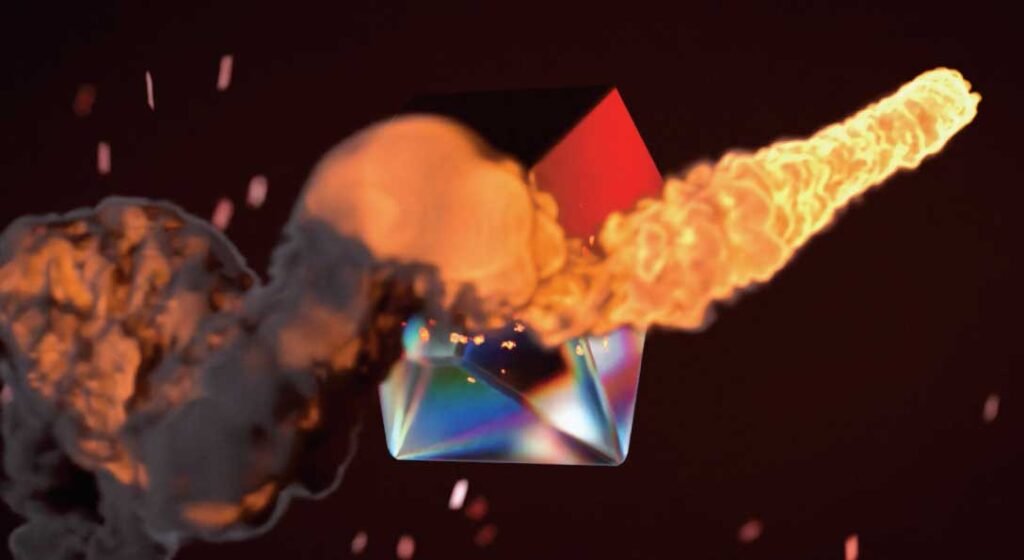

Leave a Reply